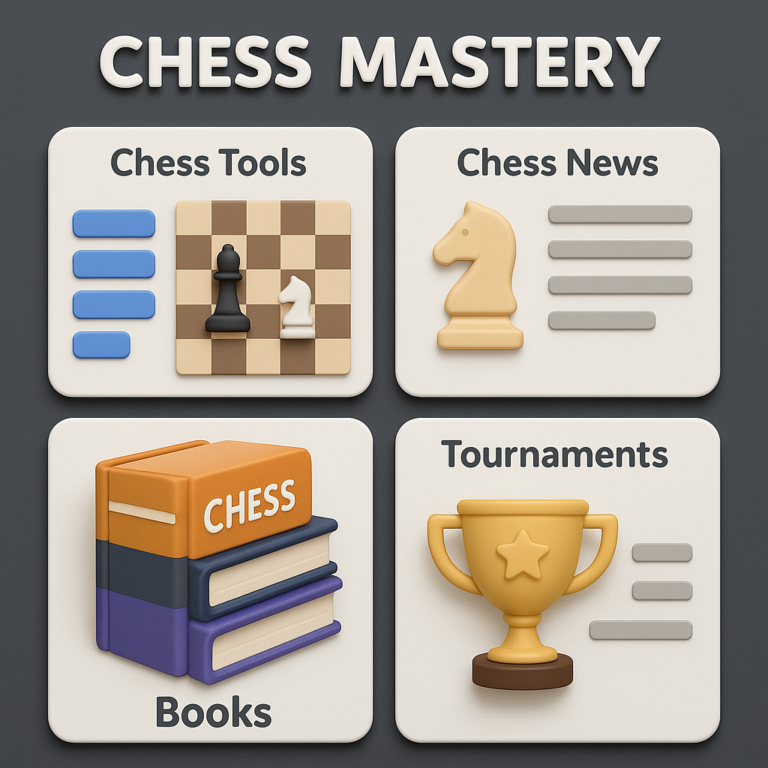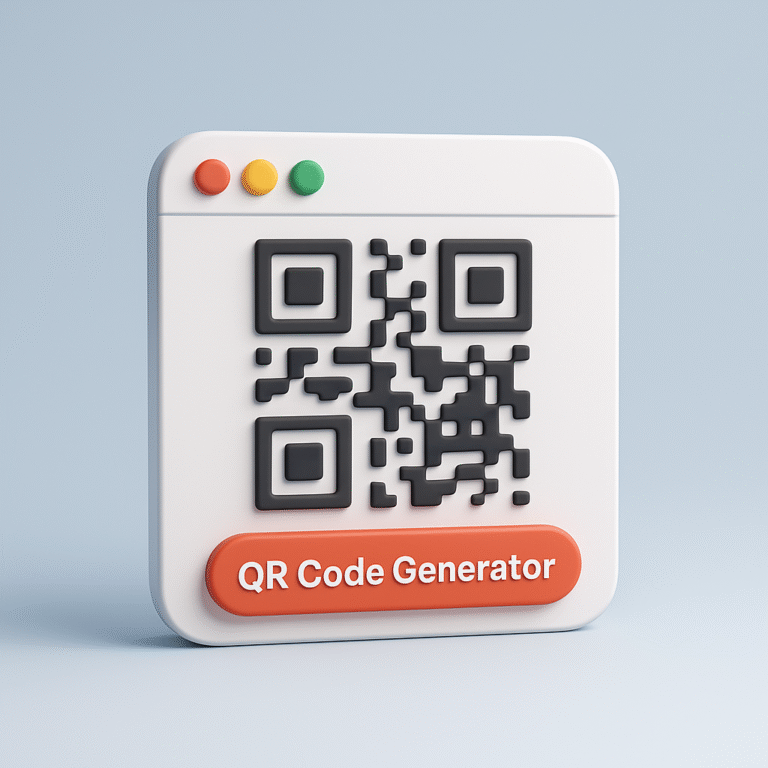

Book Review: The Get Things Done Book: 41 Tools to Start, Stick With, and Finish Things by Mikael Krogerus and Roman Tschäppeler
Hook:
What’s the one productivity trick that finally makes it all “click”? If you’ve ever felt stuck, overwhelmed, or unsure where to start on a project, The Get Things Done Book has strategies to get you moving.
Overview:
In The Get Things Done Book, Mikael Krogerus and Roman Tschäppeler present a practical guide to improving productivity, managing tasks, and finding motivation. This book combines 41 distinct tools, ranging from popular techniques like the Pomodoro Technique and Kanban to lesser-known strategies such as “bursting” communication and the Delphi method. Each chapter explores a different productivity method, offering real-life insights to help readers choose and adapt the tools that best fit their needs.
Key Elements:
- Characters (In a Sense):
While not a novel, this book is deeply personal in its approach to productivity. Readers essentially become the “main character,” using the provided tools to tailor productivity techniques to their unique work style. Krogerus and Tschäppeler emphasize that no single method suits everyone; they encourage readers to experiment, making each reader an active participant in their productivity journey. - Themes & Messages:
A significant theme throughout is personal agency—the idea that by picking the right tools and approaches, anyone can master productivity. The book avoids promoting hustle culture, focusing instead on meaningful work and personal fulfillment. Another recurring theme is adaptability—that productivity isn’t one-size-fits-all. Techniques like compartmentalization and deep work show readers how to organize thoughts and workflows in a world full of distractions. - Author’s Style:
The authors use a clear, straightforward tone, perfect for quick reading and practical application. The layout is highly visual, with each technique outlined simply and concisely, making it easy to grasp complex ideas quickly. This uncluttered, step-by-step approach gives readers actionable advice without overwhelming them with theory.
Positive Aspects:
The diversity of methods is one of the book’s biggest strengths. Whether it’s managing emails, overcoming procrastination, or navigating workplace challenges, there’s a tool here for every productivity pain point. The authors also provide brief histories of each technique, enriching the content without adding unnecessary complexity.
Constructive Criticism:
While the wide variety of tools is a highlight, it might overwhelm readers who are seeking a more cohesive, single-method approach. Additionally, some techniques, though fascinating, may not apply to every reader, especially those in non-corporate roles or highly creative fields where rigid structures can hinder rather than help.
Personal Impact:
The book’s focus on flexibility resonates; it encourages readers to experiment rather than search for an elusive “perfect method.” Tools like the 5-Second Rule and “sprint” tactics offer immediate motivation, reminding readers that progress—however small—is valuable.
Recommendation:
The Get Things Done Book is ideal for readers interested in personal development, time management, or workplace productivity. It’s particularly useful for those juggling multiple responsibilities or exploring ways to beat procrastination. Those who enjoy a straightforward, no-nonsense guide will appreciate this book’s actionable advice.
Rating: 4.5/5 – A diverse toolkit for taking control of productivity without sacrificing joy in the process.







